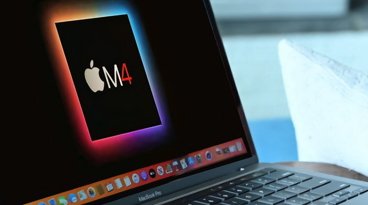Rush to compete with Apple's iPad places strain on component suppliers
According to Taiwan's DigiTimes, the display industry is expected to experience both shortages and excess inventories throughout 2011. iSuppli IHS has predicted that global tablet shipments will more than triple in 2011, reaching 57.6 million units, with Apple retaining the lion's share of shipments with 70.4 percent.
Because the tablet market is growing but the true sales potential remains unknown, display suppliers will be "forced to gamble production capacity on the unrealistically high projections of their tablet customers," said Joe Abelson, vice president of displays at IHS. Manufacturers adopting different display sizes and specs will lead to shortages and excesses in 2011, he predicted.
A side effect of this strain could be heavy discounts on unused displays, or even scrapping of unwanted hardware. iSuppli also believes the demand for netbooks will continue to shrink as tablets grow.
In 2012, iSuppli sees Apple retaining 61.7 percent of the tablet market with the iPad. Competitors are expected to increase their share, splitting up the remaining 38.3 percent of sales.
DigiTimes has previously reported that Apple's overseas partners are set to begin production of the next-generation iPad this month. In all, about a half-million iPads are expected to be assembled as Apple stocks up for a forthcoming launch of the second-generation device.
Forecasts for this year also call for a "breakthrough" in manufacturing of active-matrix organic LED displays. Investments in AMOLED are seen as finally paying off, making the screens more popular in mobile devices, and perhaps even appearing in HDTVs for sale on retail shelves.
The Taiwanese industry publication reported in December that constrained supplies of AMOLED screens would keep the display from Apple's next-generation iPad. The Cupertino, Calif., company will reportedly stick with an LCD screen for the second-generation tablet.
 Sam Oliver
Sam Oliver










 Malcolm Owen
Malcolm Owen
 William Gallagher and Mike Wuerthele
William Gallagher and Mike Wuerthele
 Christine McKee
Christine McKee
 William Gallagher
William Gallagher

 Marko Zivkovic
Marko Zivkovic









